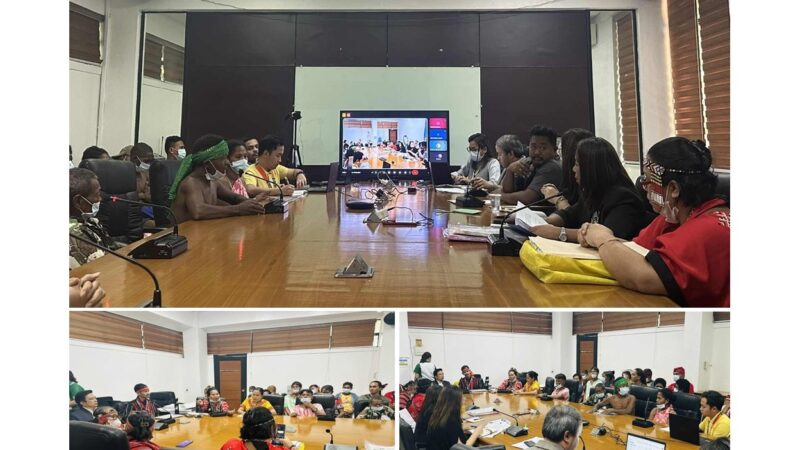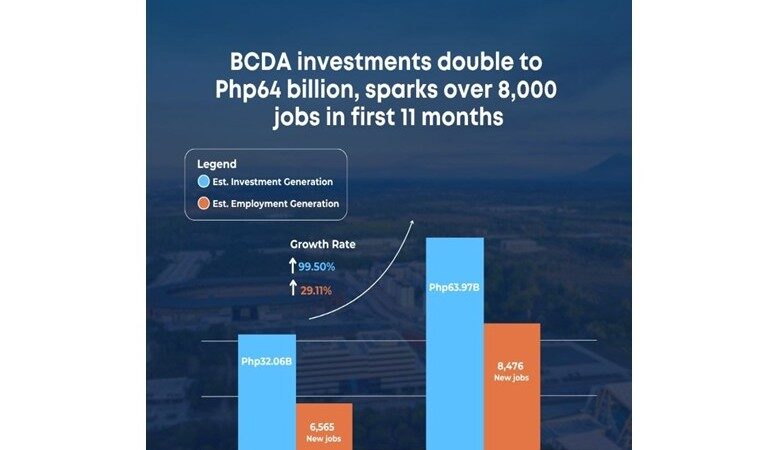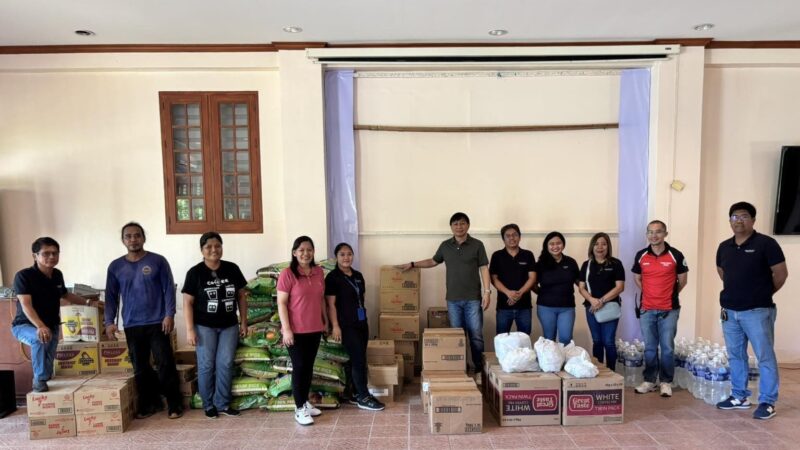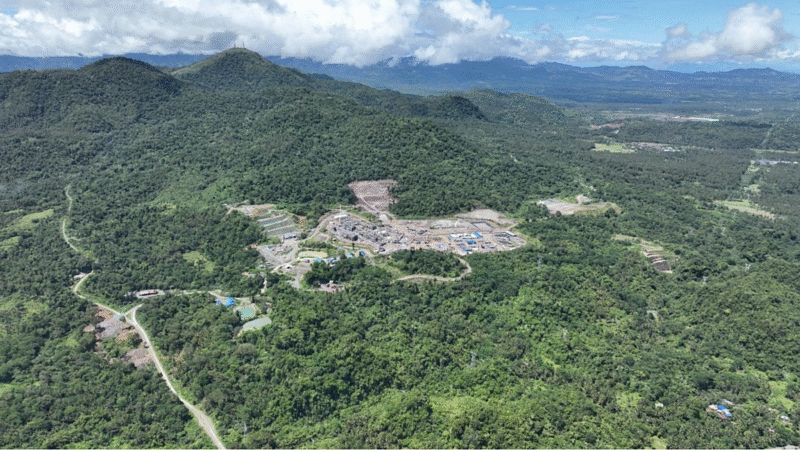Heritage Advocates put hearts and minds together for Pamanang Pook
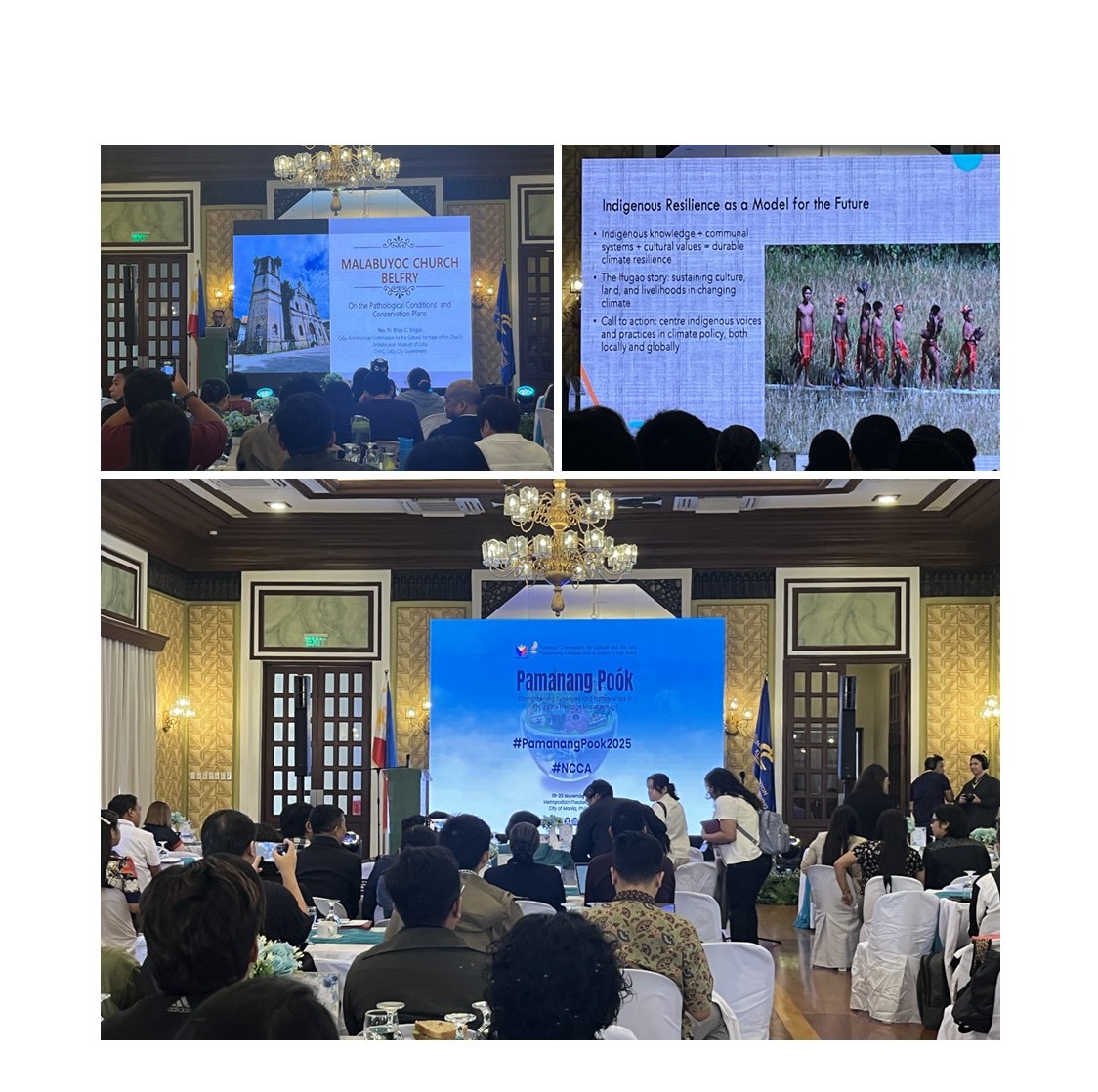
Manila, Philippines – Philippine heritage advocates came together to strengthen the capacity of local site managers and rights holders of inscribed World Heritage properties at the Metropolitan Theater on November 19 and 20.
The main objective of the gathering is to facilitate synergies and partnerships that would help the local site managers and rights holders to be better advocates and custodians of their own heritage places. Various themes and threats of Pamanang Pook included cultural heritage as public information for public good, tangible and intangible heritage management synergies, community development and grassroots heritage, ecclesiastical heritage convergence, traditional management of ecosystems and the nature/ built environments, and climate action and disaster resilience in cultural heritage, among others.
During the first day, there were three plenary sessions about climate resilience in a cultural landscape, intangible cultural heritage, and sustainable development with public/ private interest over built/ movable heritage. Then, during the second day, there were four breakout sessions: integration of cultural heritage with comprehensive land use plans, on climate action and disaster resilience in the context of cultural heritage governance, on ecclesiastic heritage convergences, and on building community capacity for collaborative local heritage management and enforcement.
Sir Marlon Martin discussed rice terraces alongside Dr. Emil Charles Robles, who imparted about the Sohoton caves and natural bridge, to cap off the first session, Sir Nestor Horfillo shared the multidisciplinary study on intangible cultural heritage. The next plenary session dwelt on the Malabuyoc church belfry by Fr. Brian Brigoli and traditional salt/ coastal heritage in Cavite by Prof. Kristine Kate Lim. The last round of plenary is about the shared mandates of the National Commission for Culture and the Arts, the National Museum, and National Historical Commission of the Philippines.
Meanwhile, the breakout sessions were led by Ar. Donna Tabangin discussed national cultural heritage and CLUPs, while Sir Martin and Prof. Lim explored climate action and disaster resilience. Fr. Milan Ted Torralba, facilitated by Fr. Brigoli, then addressed ecclesiastical heritage convergences. Lastly, Sir Ned and Vanessa Nicolas handled building community capacity for collaborative heritage management and enforcement.
The couple of days were packed and meaningful, Pamanang Pook capped off with a sharing of reactions across sectors of local government, line agencies, academia, and civil society, who led with a pledge of commitment for heritage managers to support other advocates in becoming champions in conserving and protecting cultural sites. # Randy T. Nobleza Ph. D.

